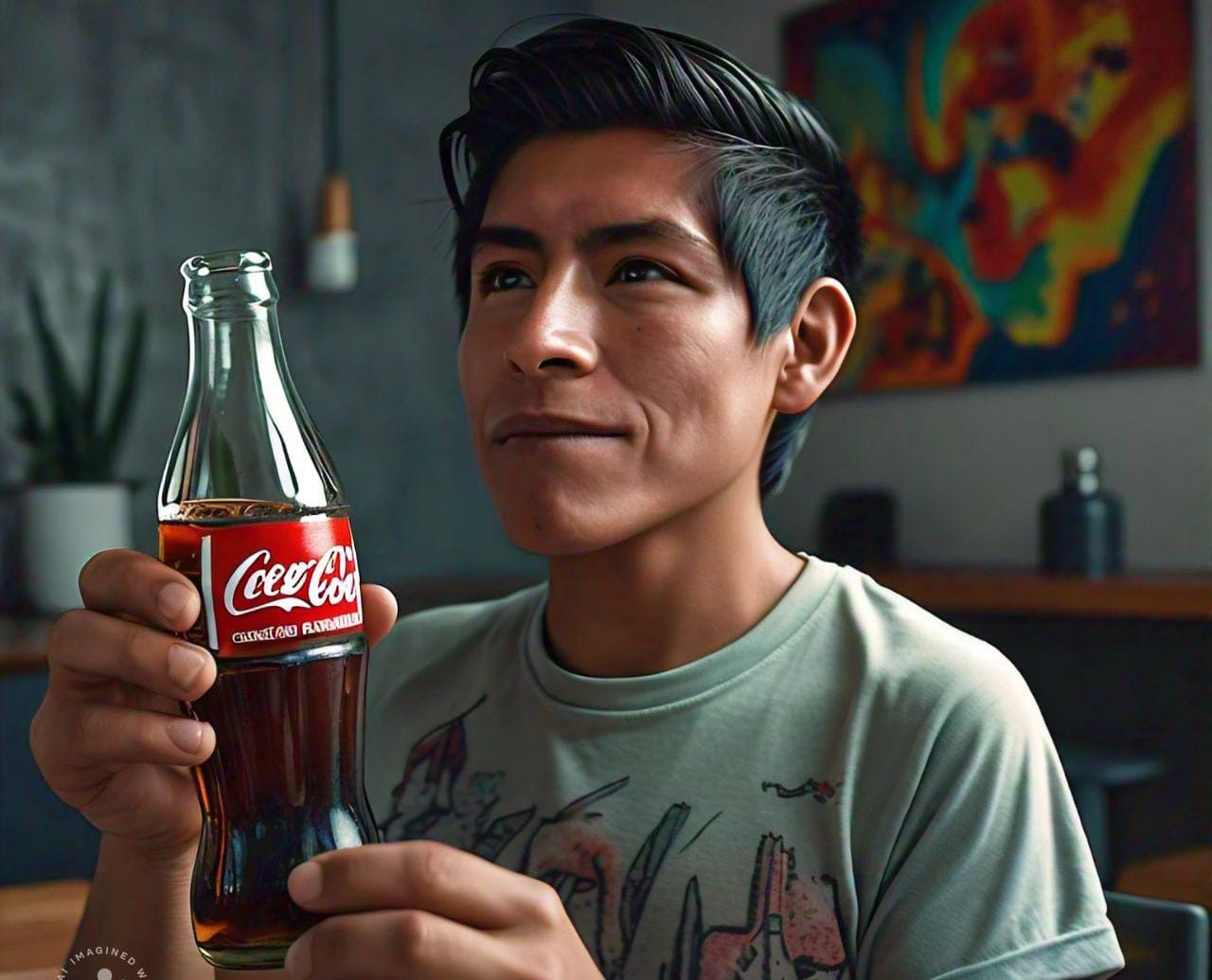
Juan de Pareja, a tribute to the Afro-Hispanic artist
The Met Museum in New York dedicated an exhibition to Juan de Pareja, who was a slave of Spanish painter Diego Velázquez
One of the best-known paintings by Spanish painter Diego Velázquez that belong to the collection of the Metropolitan Museum of New York is the portrait of Juan de Pareja, who was an assistant, or rather, a 'slave' of the brilliant Spanish artist of the 17th century.
Born in Antequera, Andalusia, Spain in 1608, Juan de Pareja was of Moorish origin and had dark skin. His job was to help Velázquez in the tasks of grinding the colors and preparing canvases. Although he had the talent to be an artist, Pareja was enslaved in Velázquez's studio for more than two decades — at that time in Spain, it was a widespread custom among painters to have slaves as assistants — before he could become an artist in his own right.
It is to this “free artist” that the Met Museum dedicated the exhibition Juan de Pareja, Afro-Hispanic Painter, which offers an unprecedented look at the life and artistic achievements of Juan de Pareja (ca. 1608–1670).
RELATED CONTENT
Opening April 3, 2023, the exhibition is the first to tell his story and examine the ways in which enslaved artisanal labor and a multiracial society are inextricably linked with the art and material culture of Spain's “Golden Age.” The presentation brings together approximately 40 paintings, sculpture, and decorative arts objects, as well as an array of books and historic documents, from The Met’s holdings and other collections in the United States and Europe.
In the exhibition, representations of Spain’s Black and Morisco populations in works by Francisco de Zurbarán, Bartolomé Estebán Murillo, and Velázquez join works that chart the ubiquity of enslaved labor across media. The Met’s portrait, executed by Velázquez in Rome in 1650, is contextualized by his other portraits from this period and the original manumission document freeing Pareja. The exhibition culminates in the first gathering of Pareja’s rarely seen paintings, including his self-portrait, featured in his vast The Calling of Saint Matthew at the Museo Nacional del Prado. Additionally, the collection and writings of Harlem Renaissance figure Arturo Schomburg — an Afro-Boricua historian and activist who was vital to the recovery of Pareja’s work — serve as a thread connecting 17th-century Spain with 20th-century New York.
“Not only does this exhibition shed more light on Pareja’s life but it also places emphasis on his agency as a creative force through his long overlooked paintings. Fleshing out Pareja’s story acts as a kind of wedge that makes space for entirely new narratives about the art and material culture of 17th-century Spain,” said David Pullins, exhibition co-curator and Associate Curator in The Met’s Department of European Paintings.
“Pareja’s artistic legacy reverberates across the canons of Western art and the African diaspora into our time,” added Vanessa K. Valdés, exhibition co-curator and Associate Provost for Community Engagement and Professor of Spanish and Portuguese at The City College of New York. This project, she explained, follows in the footsteps of Arturo Schomburg and “joins the efforts of scholars who continue to recover the contributions of all peoples of African descent, including those of Afro-Hispanic heritage like Pareja, in order to better understand the full complexity and richness of the global Black experience.”











LEAVE A COMMENT:
Join the discussion! Leave a comment.